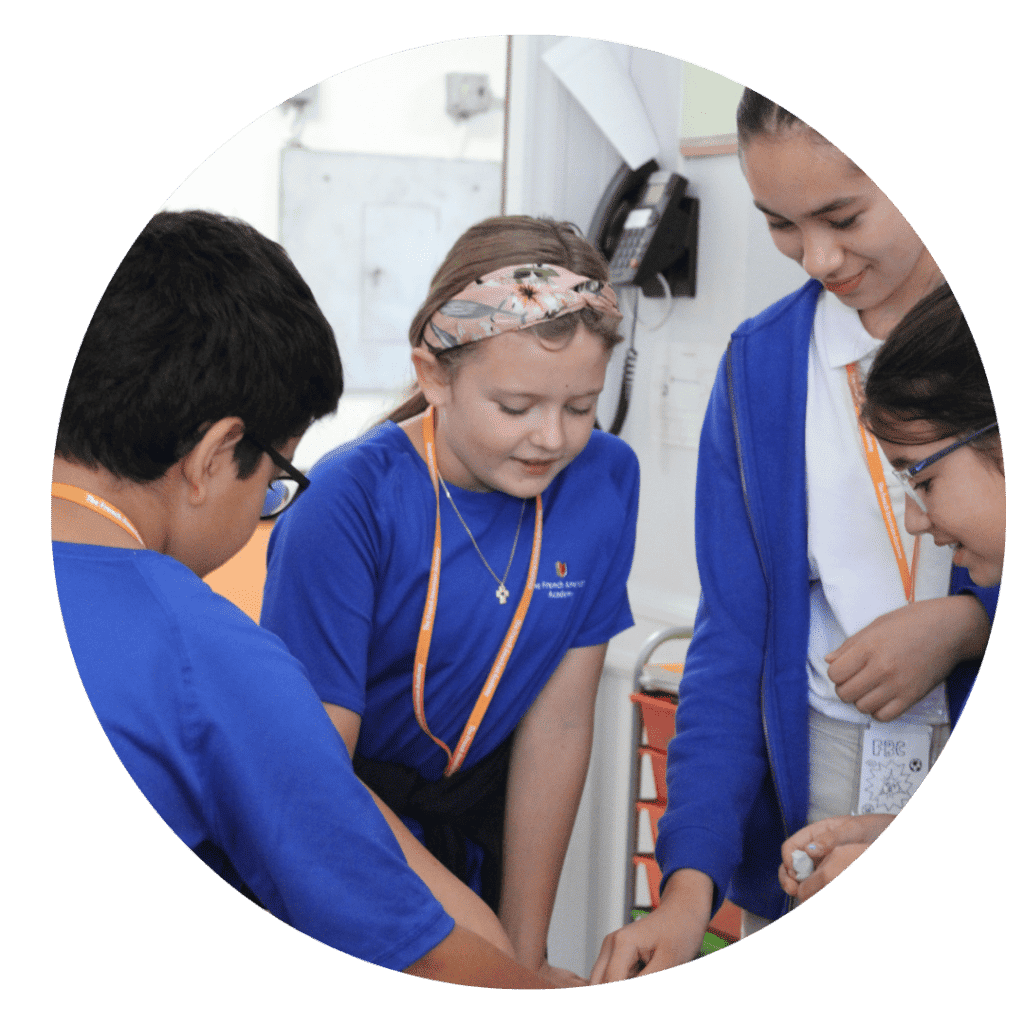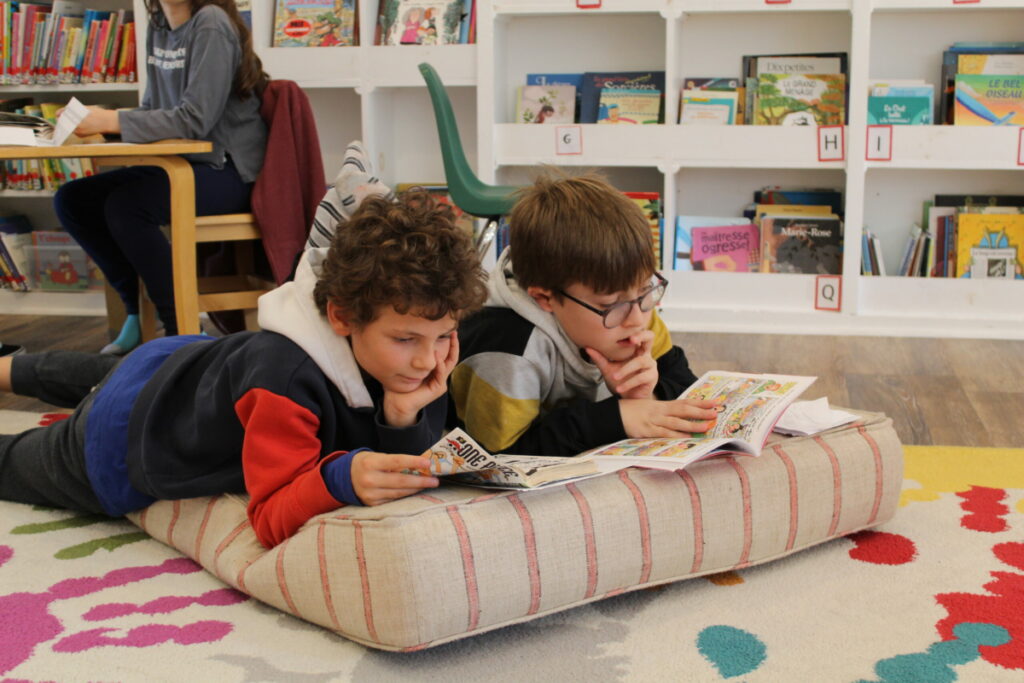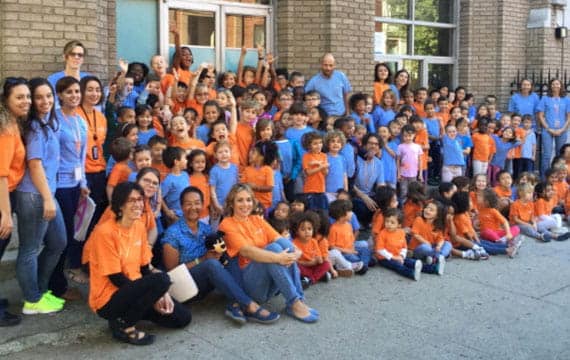The French Ministry of Education recently updated its Cycle 1 and 2 curriculum (preschool through 3rd grade) with a stronger focus on oral language in the early years. The idea is simple: children’s listening, speaking, and vocabulary skills should be developed intentionally from the very beginning. Strong oral language is not only the foundation for reading and writing, but it also supports the development of early math skills.
At the French American Academy, we not only align with these changes but also continually innovate to bring the latest teaching practices into our classrooms, whether they come from the French or American curriculum. You can find more information about the new Cycle 1 and 2 curriculum updates in our blog here.
Tools and Practices that Foster Oral Language
To bring these curriculum goals to life, the French American Academy (FAA) uses several tools and practices that nurture listening, speaking, and vocabulary. These are part of a broader effort to continually innovate and incorporate the best elements of both French and American educational systems.
Here are a few of the tools we use every day:
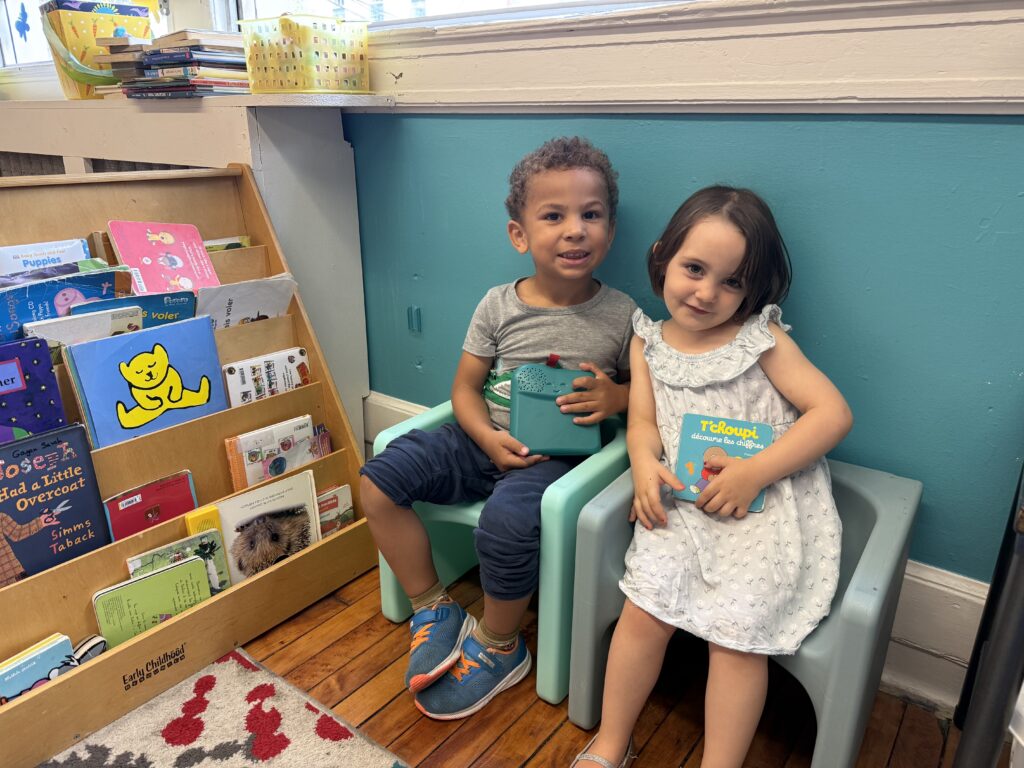
- PK2 & PK3: Bookinou Recording Device: Bookinou is a screen-free audio player widely used in French schools and homes. The device enables teachers, but also parents, siblings, aunts, and uncles to record and share audio stories, fostering children’s appreciation for books and language while supporting their daily learning. When children listen to familiar voices reading stories, it strengthens the connection between home and school and encourages independent listening. One of the features is the ability to record stories in multiple languages. This allows young students to discover languages beyond their own, sparking curiosity, strengthening listening skills, and nurturing cultural awareness from an early age.
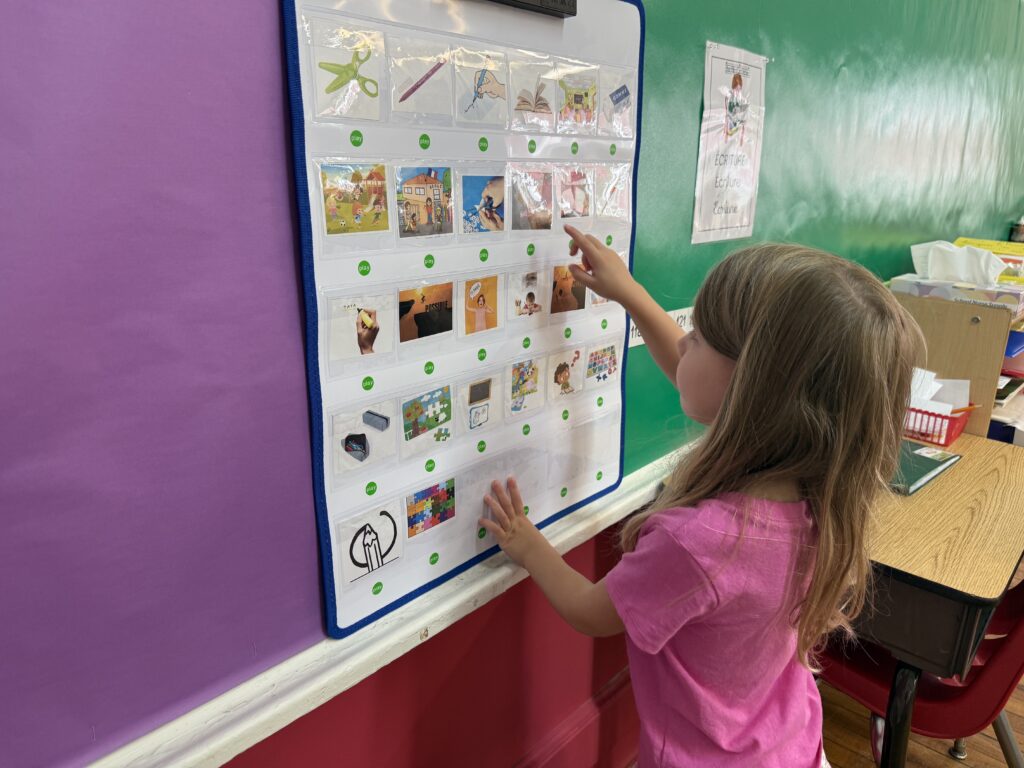
- PK4 & Kindergarten: Tableaux Bavards (Talking Boards): These talking boards have 44 small squares, each with space for a short 10-second recording. Teachers can fill the squares with vocabulary or even early math concepts. For example, pressing a colored square might play “plus grand” (bigger), “premier” (first), or “triangle.” The color coding ties each word to an image, helping children practice language in a playful and memorable way.
- Listening Corners in Every Classroom: Each class has a dedicated space where students can access these tools freely. These listening corners encourage independence, concentration, clearer pronunciation, and confidence in speaking, skills that are highlighted as essential in the new program.
By adopting these tools, the FAA demonstrates its commitment to innovation, adaptation, and close attention to curriculum updates. Most importantly, we ensure that students grow not only in language, independence, and confidence, but also in their daily joy of learning.

